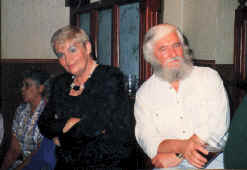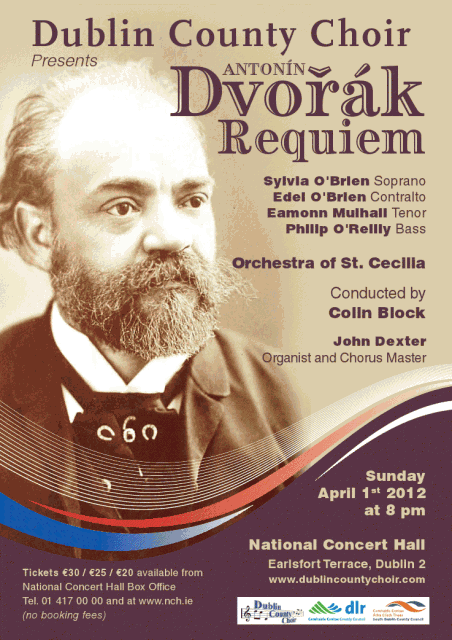The Purpose of Music
The function of music is to release us from the tyranny of conscious thought.
Thomas Beecham 1879-1961
Einstein said that `the most beautiful experience we can have is the mysterious’. Then why do so many of us try to explain the beauty of music, thus apparently depriving it of its mystery?
Leonard Bernstein 1918-1990
So long as the human spirit thrives on this planet, music in some living form will accompany and sustain it and give it expressive meaning.
Aaron Copeland 1900-1990
Melody
Composers should write tunes the chauffeurs and errand boys can whistle.
Thomas Beecham
A melody is not merely something you can hum.
Aaron Copeland
Three things belong to composing, first of all the melody; then again melody; then finally, for the third time, melody.
Saloman Jadassohn 1831-1902
The Effects of Music
To some people music is like food; to others like medicine; to others like a fan.
The Arabian Nights Entertainments. C. 1450
When music and courtesy are better understood, there will be no war.
Confucious 551-478 BC
Music hath charms to soothe a savage breast
To soften rocks, or bend a knotted oak.
William Congreve 1670-1729
Mary Byrne



